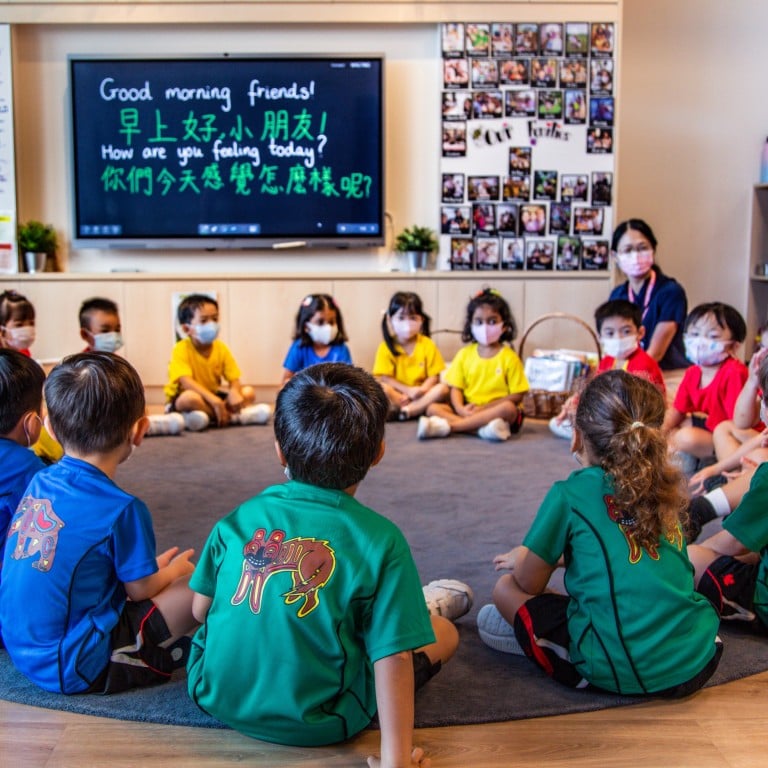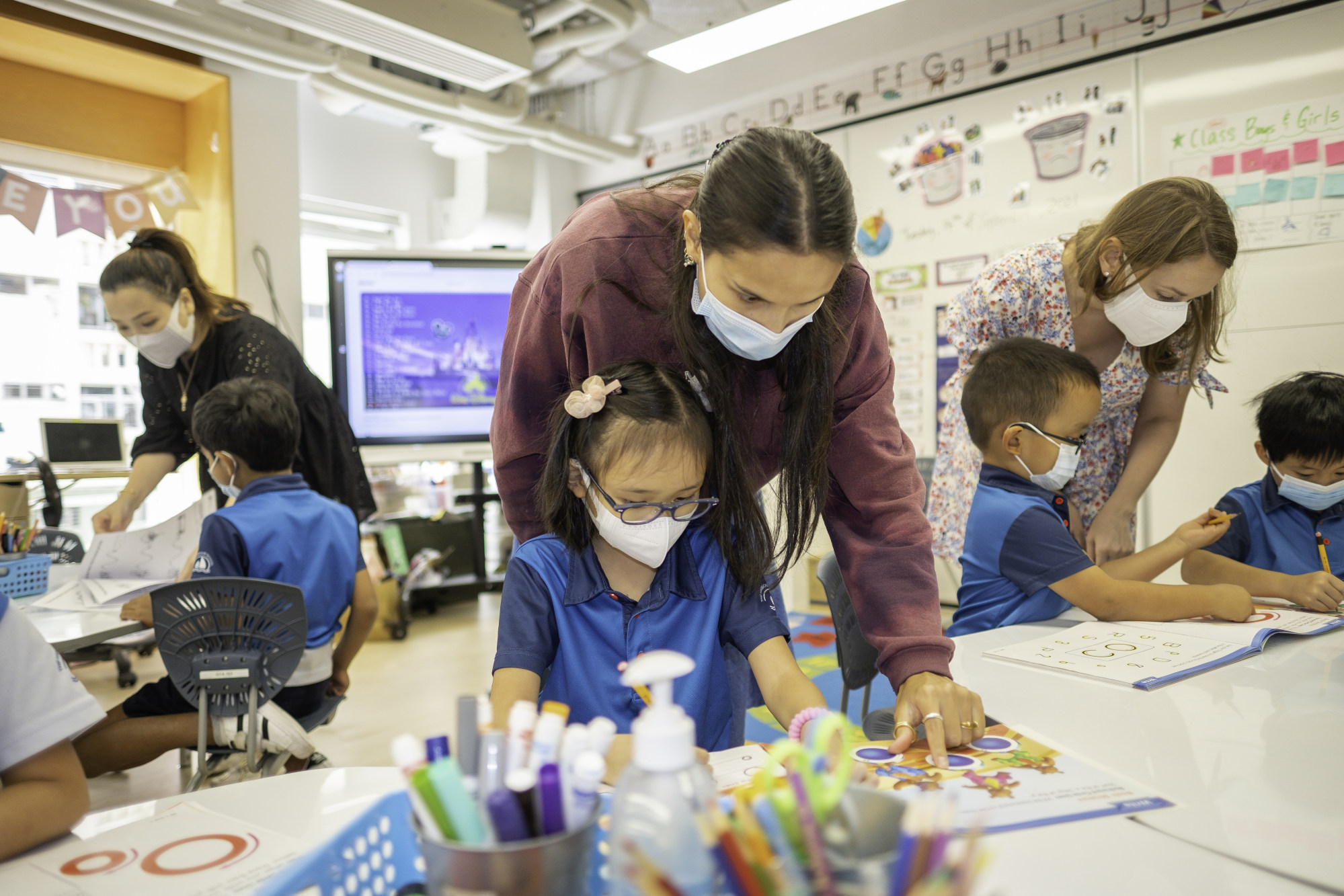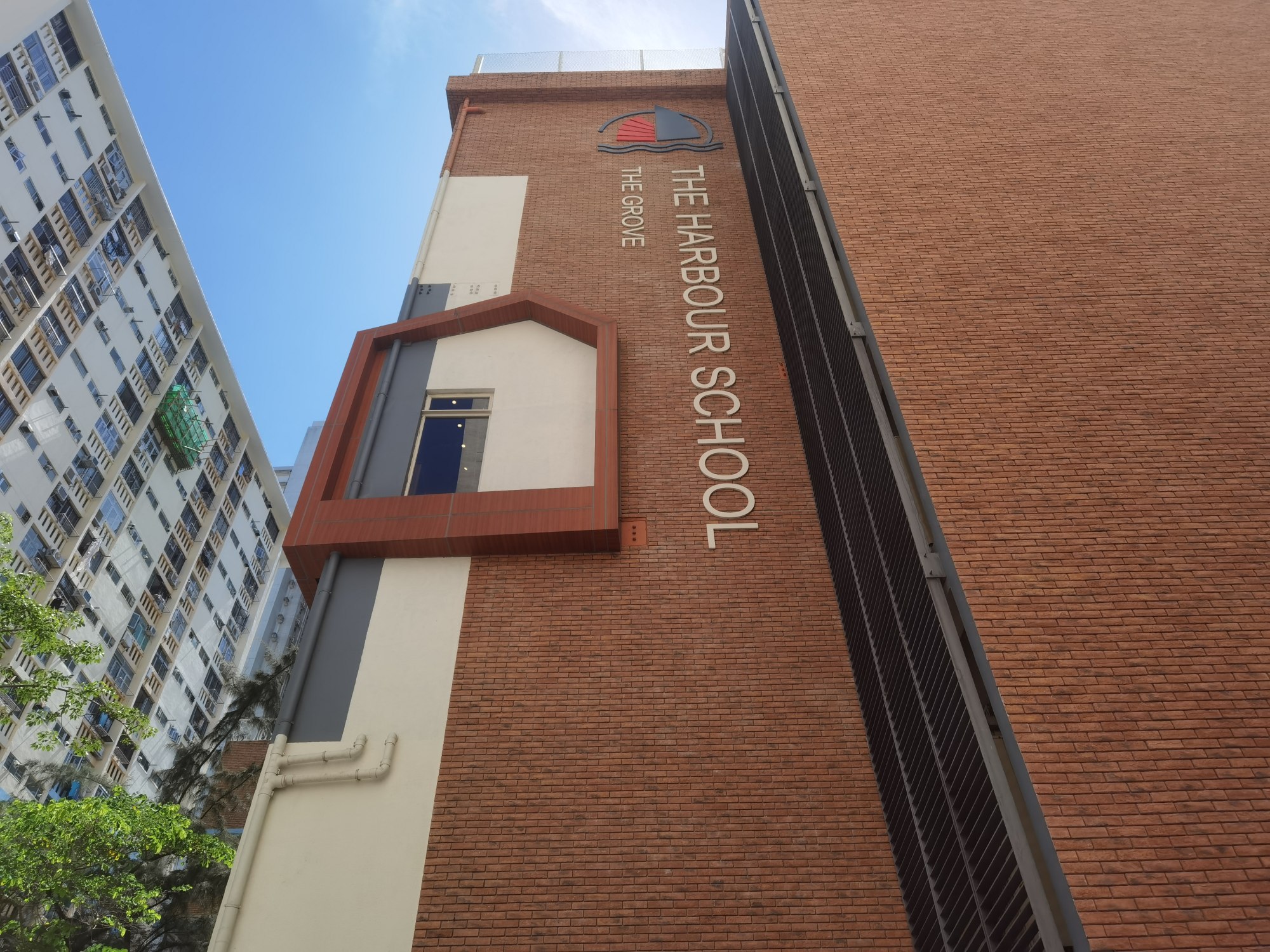
Admission to international schools: how parents can avoid the stress by getting familiar with policies and procedures – GSIS, CDNIS and The Harbour School explain the process
- The Harbour School is of the view that not all students can fit under the same criteria, and where possible, grants some flexibility in the admission process
- At CDNIS, the emphasis on interviews as such face-to-face interactions allow a better understanding of the applicant’s unique qualities
International school applications can vary from place to place, but there are long-held beliefs about the process which can cause stress to both prospective students and parents.
It would be misleading to say that the admissions process at an international school is always straightforward. Sometimes these steps are easily navigable and the necessary information well signposted – but that’s not always the case. And it does not help that the situation varies from school to school and that there might be numerous steps involved.
From the start, Emily Pong, director of admissions at Canadian International School Hong Kong (CDNIS), encourages prospective parents to “familiarise themselves with the admissions policies and procedures”, as the process at CDNIS consists of two stages – a pre-application and a formal application which includes an assessment and interview stage.
At German Swiss International School (GSIS), up on The Peak, applicants to the English stream are placed on an age-appropriate wait-list before being invited to an annual assessment programme. German stream applicants are placed on a wait-list followed by invitations to meet heads of department. Down by the water, the Harbour School encourages families to attend a school tour to familiarise themselves with the campus and approach to teaching, among other things.

One of the most common admission misconceptions, says Roshni Mulchandani, development director at The Harbour School, is that it is difficult to get into international schools. Mulchandani is alluding to the perceived high-level entry requirements and expectations of students. She is keen to challenge this misconception. “While there are some criteria that must be observed, for the most part, applications are viewed individually. We understand that not all students can fit under the same criteria, so where possible, we try to be flexible.”
Back at CDNIS, Pong notes that there is a set criteria for admissions, and that parents should be “well informed about the specific application deadlines corresponding to each grade level” but that this shouldn’t be viewed as limiting. Families also often believe a strong emphasis placed on extracurricular activities will help increase their chances of admission. However, “It is crucial for parents to understand that what truly matters is for children to demonstrate a genuine interest and enthusiasm in their key areas of interest,” Pong says.
Another common query surrounding international school admissions relates to the early years and kindergarten stages, namely, that there are admissions tests and interviews. It appears that there is no universally applicable answer to this question. In fact, the process can differ even within a school.
Eva Wagoner, admissions manager lead at GSIS, reveals that the process differs slightly for the school’s English and German streams. “In the English International Stream, children are invited to a play visit in groups of seven,” and these groups are divided between children aged three to four, and four to five. Conversely, “in the German International Stream, no kindergarten assessment is required, and classes are of mixed aged students between three and five years of age”.
At CDNIS, there is a strong emphasis placed on interviews. “We highly value the opportunity to meet prospective students in person,” Pong explains. “This face-to-face interaction allows us to better understand each child and their unique qualities, ensuring a comprehensive evaluation of their potential fit within the school community.”
For the Harbour School, Mulchandani states: “We don’t have interviews for young learners, but we may ask for younger students to attend a visit day. This will allow us to observe the student and is a great opportunity for them to familiarise themselves with the school, teachers and peers.”
There is also a long-held belief that international schools are more receptive to applicants that hail from the corresponding nation. Wagoner is keen to correct that thought: “There’s a belief that German, Swiss and Austrian nationals have an automatic placement at GSIS. However, while they are on our priority list, the child will still need an assessment.”
Contrary to beliefs that international schools are biased towards their “home” countries and only promote the culture of that particular country, international schools actually make a concerted attempt to balance their identity with a celebration of local culture by “promoting a multicultural environment with an international perspective”, says Grit Cichon, acting principal at GSIS.
“What truly matters is for children to demonstrate a genuine interest and enthusiasm in their key areas of interest
While the dual language programme aims to help students gain proficiency in multiple languages, students are encouraged to equally engage in local and global community service initiatives, Cichon adds.
Additionally, celebrations of cultural events and festivals like Lunar New Year, Dragon Boat Festival and Mid-Autumn Festival mean students can experience Hong Kong’s unique traditions and customs.
“We also organise field trips and excursions that allow students to explore various cultural landmarks and sites in the city. This hands-on approach helps students deepen their understanding of the local culture,” Cichon says, adding that German Unity Day, Fasching and Swiss National Day celebrations allow the school community to celebrate its heritage.
Similarly, at the Harbour School, Mulchandani explains, “We are heavily involved in the Ap Lei Chau and the Southside community. From handing out mooncakes and fruit at the Mid-Autumn Festival to beach clean ups, students work closely with our social impact and sustainability programme team and are well known and active in the community.”
CDNIS equally prioritises immersion in local culture. Penny Pan, director of Chinese studies, says the school curates “thoughtfully incorporated local field trips into the Chinese curriculum across all grade levels”. A series of expert talks are also organised to allow for thoughtful knowledge sharing programmes. “Our students have ample opportunities to actively engage with and appreciate the richness of Chinese culture,” Pan says. These opportunities range from summer school courses focused on Chinese language and culture, to holiday exchange and immersion programmes in mainland China and Taiwan. “To further enrich their cultural exploration, we have an established ASCCA programme (After School Chinese Culture Academy), where students can delve into Chinese music, dance and arts,” she adds.
Language requirements loom large in admissions misconceptions too. However, several schools provide reassurances. Wagoner says that “a basic understanding of English is required” in the English International Stream, and “some form of fundamental German language is a prerequisite”. However, there are three specialised programmes for students who have no prior knowledge of German to be admitted into the bilingual curriculum. “These programmes support children with additional language lessons, educated alongside German peers, and fostered in a language-rich learning environment,” Wagoner says.

CDNIS is “progressively implementing a fully bilingual programme” with English and Mandarin from nursery to grade five, says Pong. “We assess the potential interest and skills of students regarding this programme and take into account their entry level.”
While its upper school still maintains English as the primary language of instruction, “we prioritise applicants who demonstrate the potential ability to succeed in our dual diploma programme, which combines the Ontario Secondary School”.
The Harbour School’s main language of instruction is English. However, it also offers an EAL (English as an additional language) programme to students who require support in English, showing how lack of language proficiency can be accommodated rather than prove a hindrance in the application process.
“Although academic achievement remains our focus, CDNIS demonstrates that outstanding results are achieved through nurturing talent, building confidence and encouraging collaboration between our students. The result is an inspiring school community that is the envy of the region,” says Dr David Butler, principal of CDNIS’ upper school.
Speaking broadly of the international school community, Mulchandani described it as “innovative, inclusive and diverse”, adding: “It offers various pathways, curriculum options and is very welcome to local and international families. Overall, it is a vibrant community with much to be proud of.”

